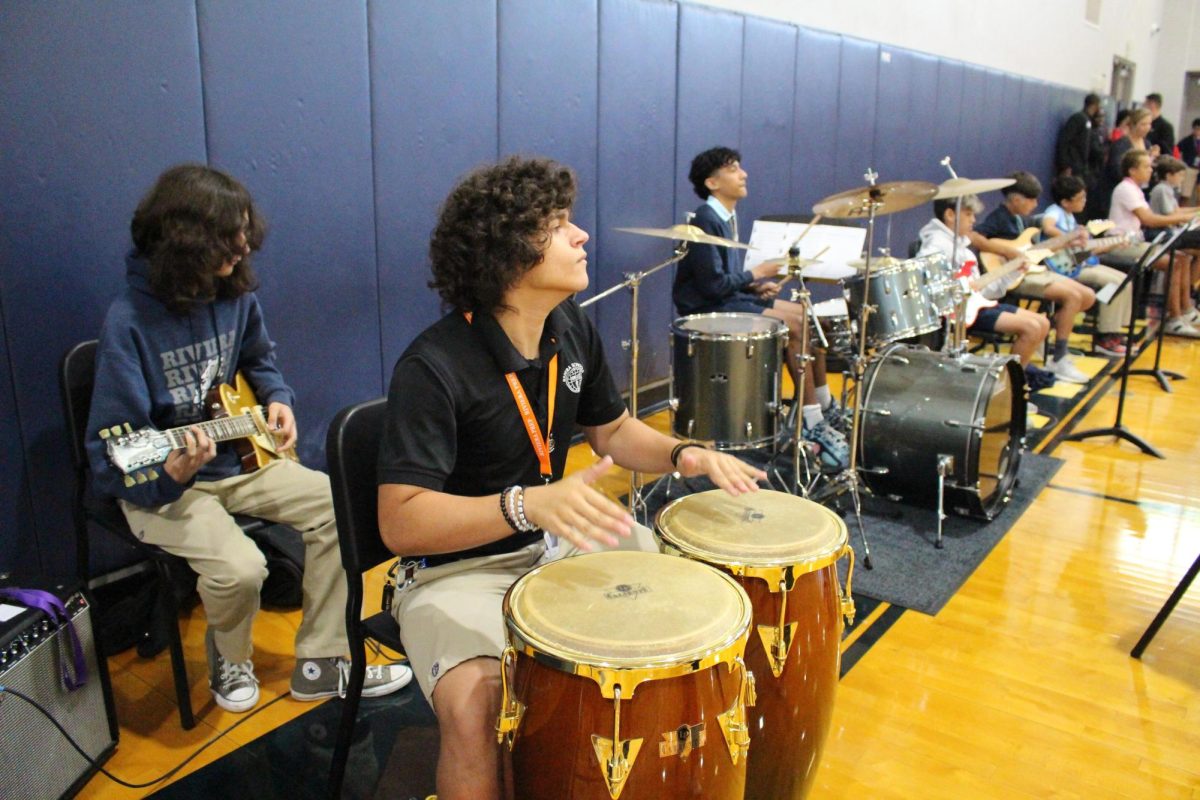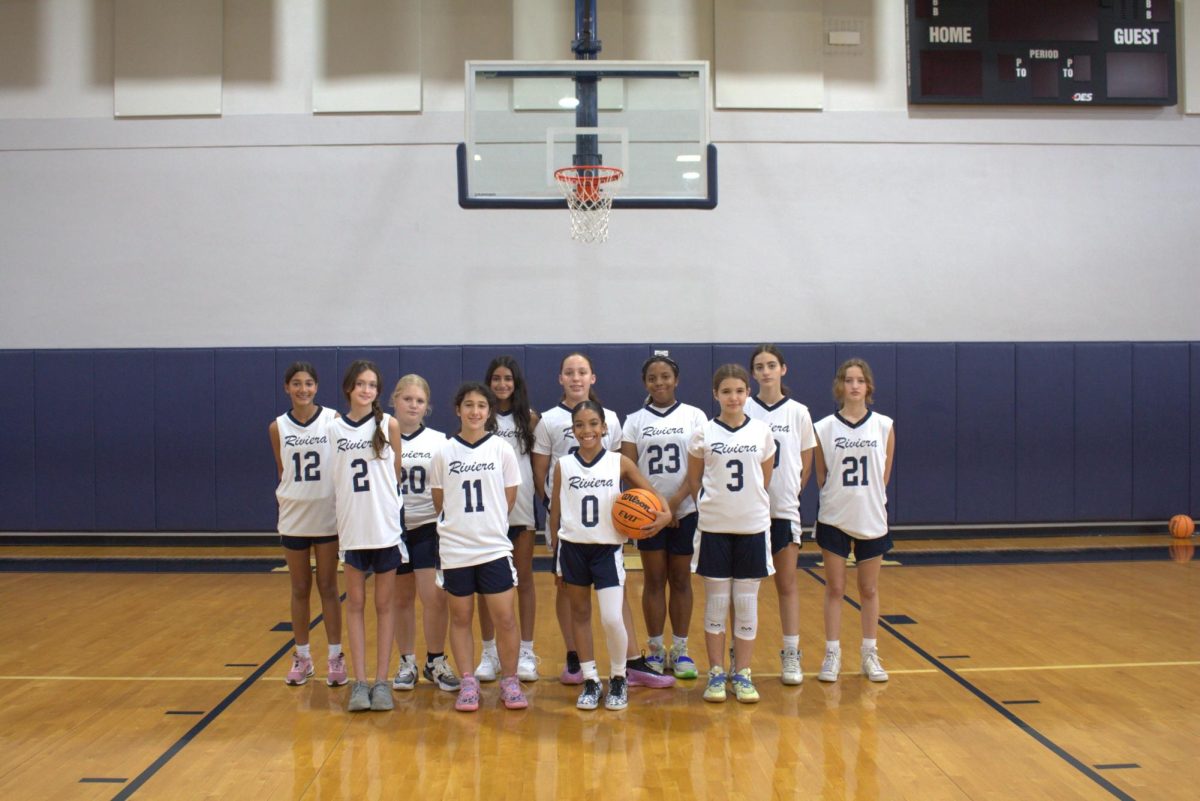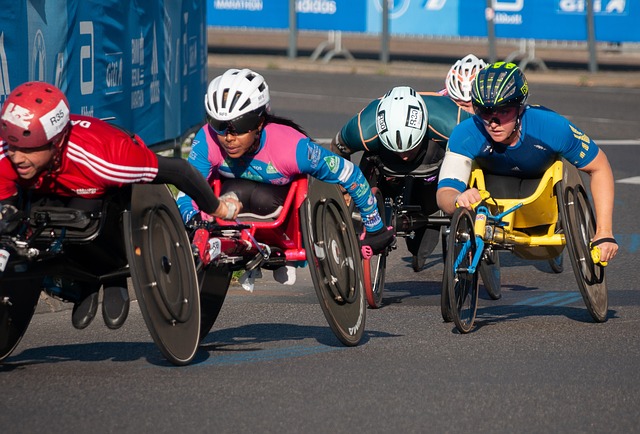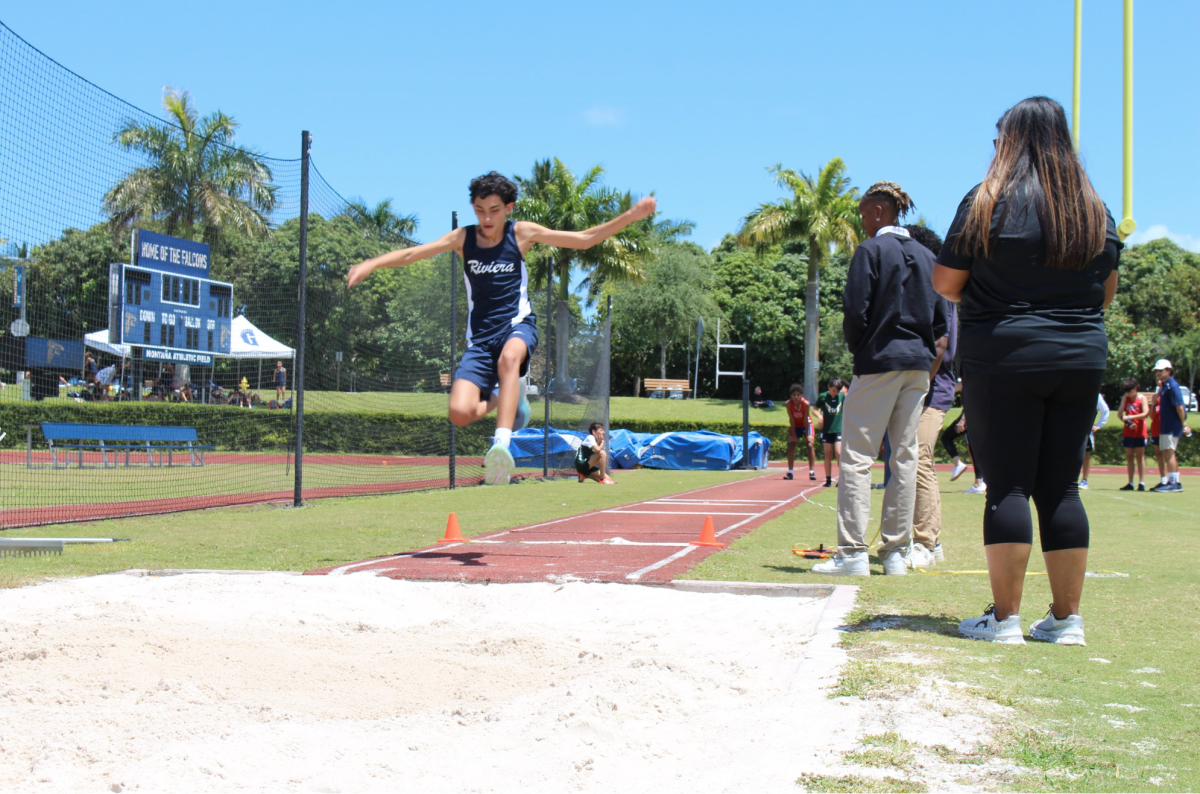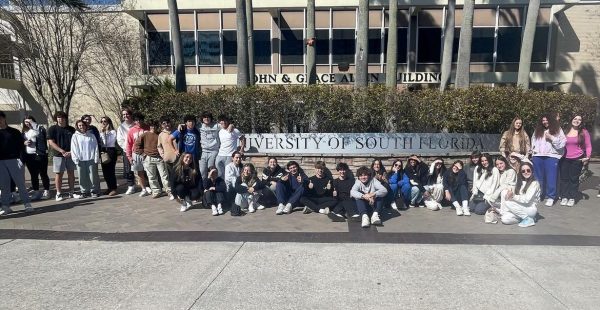Studying Do’s and Don’ts
As the school year comes to a close, teachers and students are preparing for finals and AP exams. Around this time, students spend more time studying and reviewing a year’s worth of material to raise their GPA or receive college credits. Here to help those students aiming for achievement are the do’s and don’ts of study habits and techniques to help ace those final exams.
Studying “Don’ts”
Cramming

This method often does more harm than good because of how late most students stay up to learn loads of information. According to the University of Ottowa, study sessions that cut into sleep are counterproductive because the brain only retains some aspects of the knowledge. Additionally, cramming puts high levels of stress and anxiety on the brain, and it increases feelings of fatigue and confusion. Stanford University Resources says that cramming does the opposite of what the brain needs, which is to relax and refocus.
Avoid cramming for tests by planning a study schedule. After a study session, make sure to leave yourself enough time to get at least 7-8 hours of rest.
Energy Drinks

Though it may seem like a good idea to crack open a Red Bull to stay energized while reviewing material, there are a lot of downsides to doing so. Caffeinated drinks create symptoms such as increased heart rate and loose focus. A constant consumption of energy drinks also creates caffeine dependency and can interrupt sleep. The Gazette, a news resource for the University of Ottowa, says, “Energy drinks contain many harmful chemicals that can harm students’ health, and can lead to increased anxiety, insomnia, headaches, and even cardiac arrest.”
Avoid energy drinks and reach for non-caffeinated drinks. Just a simple glass of water will keep you hydrated, and keep your mind and body refreshed.
Skimming Material
Simply rereading notes and class readings often leads to quick forgetting. The University of North Carolina at Chapel Hill’s learning resources say that studying requires active engagement to retain information effectively: “Active engagement is the process of constructing meaning from text that involves making connections to lectures, forming examples, and regulating your learning.” The source further explains how active studying does not mean underlining and highlighting material. It may keep you engaged in studying, but it is the weakest form of engagement.
Active studying helps you retain information and become more engaged with the material. Read on for methods on how to actively study.
Studying Do’s
Actively Study
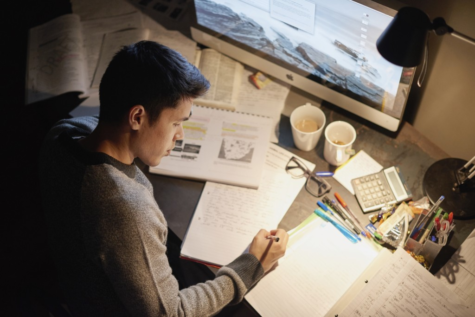
As previously discussed, active study is more than simply rereading and highlighting material. Several techniques can help you retain information faster and more effectively. UNC’s Learning Resources has a list of these techniques for active study:
- Creating a study guide
- Acting as an instructor. Reciting material out loud and in your own words.
- Create your examples to understand concepts.
- Create concept maps or visual representations of information.
- Diagrams, timelines, graphic organizers.
- Create symbols that represent terms and concepts.
- Work out problems and explain steps along the way.
Location, Location, Location

Finding a good place to study is important because it determines how well you will be able to stay on task. A good study location is somewhere that has very few distractions and is quiet enough to keep focus. Studies show that it’s not always beneficial to stick to one place for studying. Coursera, a global online education program, says “Studying the same material in different locations helps your brain create multiple associations with that material.” These associations make it easier to remember information on a test. Below are a list of locations that promote effective study:
- The Library
- A coffee shop or cafe
- Outdoors
- An empty classroom
- A bookstore
Set Goals and Rewards

A great way to keep yourself motivated is to set study goals. Setting goals, like the amount of material or time you will study for, will aid you in avoiding procrastination. Another way to get motivated is to reward yourself. After reaching a set goal, you can be rewarded with your favorite piece of candy, watch an episode of a TV show, or go out to spend time with friends. Coursera says, “‘Bribing’ yourself—has been linked to better self-control, and can help form good habits.” Rewarding yourself can even be as small as taking a 5-minute break from studying, which is another important aspect of effective study habits.
Goals
Using a timer to study for a set amount of time
Set short term and long term goals
Plan on studying a certain amount of material
Rewards
Grab a snack
Buy something on your wish list
Give yourself with a break
Take Breaks

After an intense study session, it’s important to take the time to rest so information can be processed and stored. Research has proven breaks improve retention, and it also boosts energy so you can get back to studying. The best breaks are productive; avoid checking your phone and social media. Doing this can create a distraction and cause a bad habit of constantly needing to check your phone. Coursera provides some of the best ways to take a break:
- Short walks
- Listening to music
- Relaxing with a friend
- Stretching/ Meditation
- Showering
- Cleaning your room
Ultimately, studying requires more than reading and reviewing notes. Remember that active participation, good locations, goals and rewards, and mind breaks are needed. In the end, anyone can learn good study habits and pass their final exams.
Did we miss any good tips that have worked for you in the past? Feel free to share in the comments below.
Your donation will support the student journalists of Riviera Preparatory School. Your contribution will allow us to purchase equipment and cover our annual website hosting costs.





